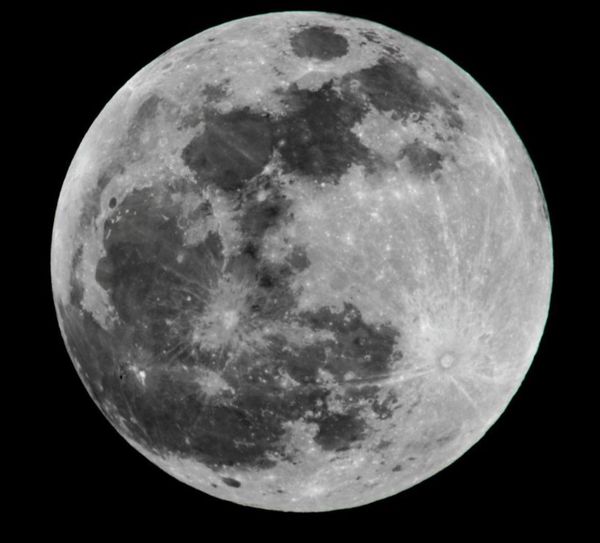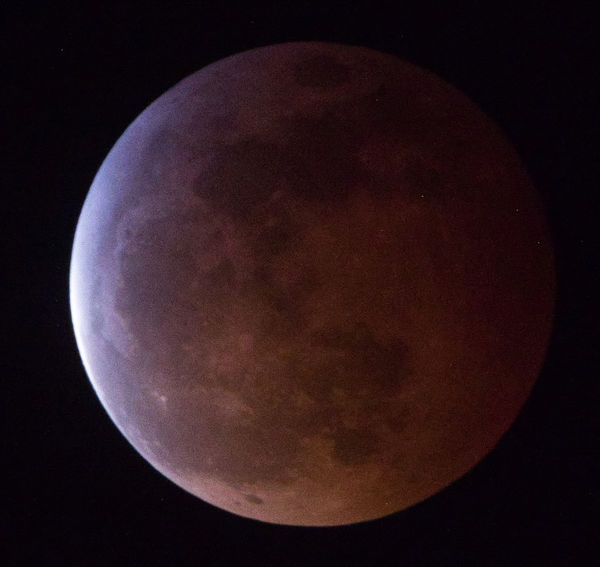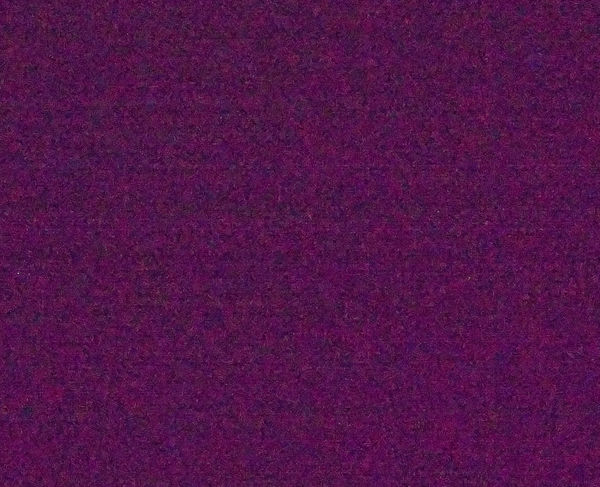Sensor dust on moon shots?
Jan 22, 2019 09:45:42 #
Bright street lights may illuminate insects high enough to focus as points of light.
Jan 22, 2019 10:01:21 #
jerryc41 wrote:
Don't sweat it. br br "So, what do you do wi... (show quote)
Thanks Jerry, appreciate the info...OK, not gonna worry about it,

Jan 22, 2019 10:39:14 #
wbchinook wrote:
I stepped outside and was surprised to see the moo... (show quote)
Wayne, if you're referring to dots on the black background of space, I see nothing like that in these images. If you're talking about the small white spots that appear to be on the lower left on the darker lunar surface, those are most likely plagioclase feldspar outcroppings on a basaltic background. Feldspar is whitish, and basalt is a dark, almost black, volcanic igneous rock that was created through normal volcanic activity earlier in the moon's life. We have plenty of both here on Earth. I learned about this during a visit to the Johnson Space Center years ago. It's the interplay between those two minerals that give the impression of the man in the moon, or "the moon is made of green cheese" that we used to hear in our youth. Your shots look fine to me.
Jan 22, 2019 10:47:14 #
wbchinook wrote:
Thank you for your input. Please download and double click on the second image. There are bright dots on the face of the moon.
The first show also has one dot on the moon.
Jan 22, 2019 11:01:37 #
Jan 22, 2019 11:08:48 #
JimBunk wrote:
I think those are aliens spacecraft on the moon.
I didn't want to say anything in order to avoid a riot.
But, YEAH!!!!! The dots are not consistent for image to image! The only explanation if moving space craft! Part of the exploratory vanguard!
"To Serve Mankind" is a cookbook!
"Soylent Green is peeeeepoleee!!!!"
Jan 22, 2019 12:25:36 #
I would say you may have some "Hot Pixels" on the sensor specially if the pattern remains the same from shot to shot. Try to shoot a black only background and look for patters. Not an uncommon problem.
wbchinook wrote:
I stepped outside and was surprised to see the moo... (show quote)
Jan 22, 2019 14:40:23 #
wbchinook wrote:
I stepped outside and was surprised to see the moo... (show quote)
See this photo.It has the same spot!
No dust on your sensor or lens! I have no idea what the bright spot is. Does anybody know?

Jan 22, 2019 14:55:46 #
wbchinook wrote:
I stepped outside and was surprised to see the moo... (show quote)
Looked at your pix. A few bad pixels on your sensor, which is not unusual, and a few slightly out-of-focus stars. Stars are visible at totality exposures.
bwa
Jan 22, 2019 16:07:28 #
Jan 22, 2019 18:56:52 #
jscorbin
Loc: Woodinville, WA
The bright spots are not bad pixels -- they are just noise due to the high 1600 ISO.
Jan 22, 2019 19:50:48 #
Hello everyone.
I am posting a cropped picture of the moon. I hope this makes the bright dots more viewable. These dots pop out on my 27" 5K iMac. I am also posting a picture taken with the lens cap on. I upped the exposure in PP to make any bright spots apparent. I used an ISO of 1600 to match the moon picture. I see a few small bright spots on this picture. Three or four of these spots are consistent with another shot I took with the lens on. These spots are probably due to noise and or bad pixels.
I really appreciate all the input from you all.
Thank you
Wayne
I am posting a cropped picture of the moon. I hope this makes the bright dots more viewable. These dots pop out on my 27" 5K iMac. I am also posting a picture taken with the lens cap on. I upped the exposure in PP to make any bright spots apparent. I used an ISO of 1600 to match the moon picture. I see a few small bright spots on this picture. Three or four of these spots are consistent with another shot I took with the lens on. These spots are probably due to noise and or bad pixels.
I really appreciate all the input from you all.
Thank you
Wayne
Jan 22, 2019 21:28:40 #
Jan 22, 2019 23:11:06 #
wbchinook wrote:
I stepped outside and was surprised to see the moo... (show quote)
These are hot pixels. On the left size is a common look to them when I zoom way in. The one to the right is fainter and does not have the border of extra pixels.
Did you shoot this in RAW or in JPEG. If in JPEG, I wonder if this is a demosaicing error as the RAW data is turned into a JPEG. If shot in RAW, what SW did you use to turn this into JPEG.
I have several cameras that can do a test for hot pixels and to map them such that you won't see them again. Hot pixels tend to start showing up as stuck after some amount of exposure time and the longer the time, the more you get. What I don't understand here is that with a Bayer Martrix, you should see red, blue or green hotpixels,
Some software programs can detect hot pixels and remove them before you actually see them. A couple of them are Lightroom and DxO Photolab. I just did an experiment. I took a 30 sec exposure of the night sky with an Olympus EM5ii camera that had hot pixels. I had red, blue and green hot pixels. By the way, it shows zero hot pixels with shorter exposures. The camera has had the hot pixels mapped. But its internal hot pixel test does not expose for 30 sec. I shot in RAW. If I then try to load in Lightroom, it momentarily displays the embedded JPEG and about a second later, the image changes. During the initial display, I see the hot pixels, and then the image changes and the hot pixels are gone as Lightroom removes them. An exception is when two hot pixels tough each other and those remain.
Then I tried another experiment. I opened the EM5ii RAW in Faststone Image Viewer and the hot pixels remained. Then saved it as a JPEG, and the hot pixels remained.
So back to the question: Did you shoot in RAW? And if your did, what SW did you make the JPEG with? Or did you shoot JPEG in the camera?
One more experiment I tried. I imported your downloaded JPEG into Lightroom. But the hot pixels remained. What I see here is that after the conversion to JPEG, the fixing of hot pixels is gone.
I will wait for your answer.
Jan 23, 2019 00:01:58 #
Hello Jim
Thank you for you detailed response. I shoot in RAW and JPEG. I converted the RAW file with Luminar 2018.You note that the length of the exposure makes a difference. Would a 1/10 second exposure be considered long enough to affect the pixels?
I know Panasonic made some changes to the sensors in the G9 compared to their previous cameras. I will have to do some research on hot pixel mapping in my camera.
I have Lightroom and didn't know about the pixel mapping feature.
Thank you again for giving me so much of your time. I hope I nor too old to comprehend all of this electronic information.
Wayne.
Thank you for you detailed response. I shoot in RAW and JPEG. I converted the RAW file with Luminar 2018.You note that the length of the exposure makes a difference. Would a 1/10 second exposure be considered long enough to affect the pixels?
I know Panasonic made some changes to the sensors in the G9 compared to their previous cameras. I will have to do some research on hot pixel mapping in my camera.
I have Lightroom and didn't know about the pixel mapping feature.
Thank you again for giving me so much of your time. I hope I nor too old to comprehend all of this electronic information.
Wayne.
JimH123 wrote:
These are hot pixels. On the left size is a commo... (show quote)
If you want to reply, then register here. Registration is free and your account is created instantly, so you can post right away.










